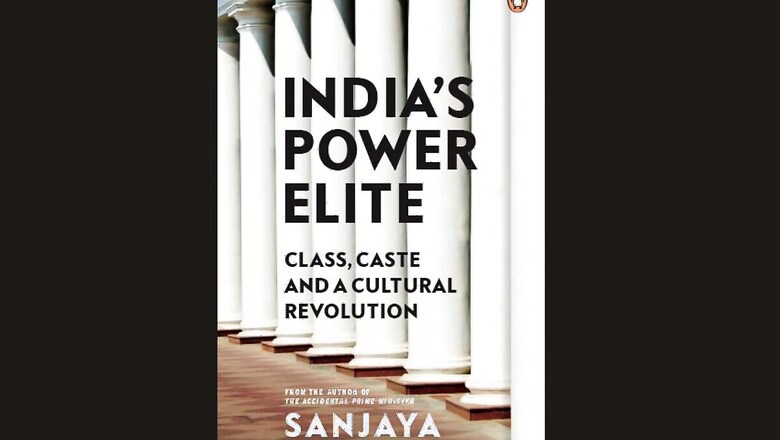
views
If this aspect of the rise of the BJP under Modi’s leadership has come as an unwelcome surprise to the traditional elite of Lutyens’ Delhi it is because the earlier variant of Hindutva they experienced under Atal Bihari Vajpayee’s leadership was more benign, not threatening to minority communities, and representing the more liberal and plural face of Hinduism. Vajpayee had also surrounded himself with like-minded members of Lutyens’ Delhi. He was himself a long-standing member of the Lutyens’ elite and indeed belonged to what Modi and his groupies would dub the ‘Khan Market Gang’, so to speak. For, my own first glimpse of Vajpayee in the early 1980s was in, of all places, Khan Market. He was carrying a Pomeranian in his arms and walking into a veterinarian’s office. Even as many passers-by recognized and greeted him, he simply smiled and walked on, as if he was running an errand in a familiar neighbourhood.
I first met his principle aide in the Prime Minister’s Office (PMO), Brajesh Mishra, on a Saturday afternoon in the early 1990s (long before he became the most powerful member of the Vajpayee government) at the bar of the IIC. It was a weekly ritual. Every Saturday, Mishra would turn up at the IIC bar and order his gin and tonic. Dileep Padgaonkar, then editor of the Times of India (TOI), and a few others would join Mishra at his corner table. I was then a senior editor at TOI. I would join Mishra and Dileep for a drink at half past noon, after winding up the editorial meeting for the weekend. Mishra’s father, D.P. Mishra, was a senior Congress leader close to Indira Gandhi, and served a tenure as chief minister of Madhya Pradesh. Among Brajesh Mishra’s important postings was his stint in Beijing when, in 1970, Mao Zedong walked up to him at a diplomatic event and greeted him, making it the first high-level contact between the two nations after the border war of 1962. After retirement he joined the BJP to head its foreign policy cell. In 1998, Mishra went on to become principal secretary to Vajpayee who was the prime minister then.
The ease with which senior BJP leaders, including Jaswant Singh, Arun Jaitley and Brajesh Mishra, interacted with a range of the IIC’s usual suspects and then went on to become powerful members of the Vajpayee government further reassured Lutyens’ Delhi. Lal Krishna Advani and wife were frequent diners at the IIC dining room, and Arun Jaitley loved his walks around the Lodhi Garden and the long chat sessions with friends over tea and snacks at the IIC lounge. Jaswant Singh was a regular in the IIC’s seminar circuit. Even after Vajpayee became PM, one could find many PMO officials at the watering holes of the Gymkhana Club and the IIC. Vasundhara Raje Scindia was as comfortable raising Hindutva slogans in Rajasthan as she was partying in Delhi at the fancy homes of the Lutyens’ elite.
***
When Vajpayee was defeated and Manmohan Singh took over, there was a shake-up in the bureaucracy and many Vajpayee loyalists were moved out of important positions, but the Lutyens’ elite very quickly adjusted itself to the new dispensation, with ‘our friend Nandu’ (NK Singh) replaced by a ‘our friend Montek’. Montek Singh Ahluwalia, a talented and influential policymaker who served successive governments in Delhi through the 1980s and the 1990s, returned to government in 2004 after a brief stint at the International Monetary Fund (IMF). NK and Montek were student contemporaries from the ultimate home of the Lutyens’ elite—St Stephen’s College.
Hence, the change of governments in Delhi between 1980 and 2014 did not result in any major changes in the social class that constituted Delhi’s power elite. It was a revolving door, like in pre-Trump Washington DC—one set of friends went in and another set went out.
India’s middle class who had come to love Vajpayee in the 1990s voted for Manmohan Singh in 2009 and helped him return to power with more numbers in Parliament. In 2014, that middle class switched to Modi. Most imagined this would entail a normal change of government. Lutyens’ Delhi was prepared for that kind of change, secure in the hope that yet another of ‘our friends’ would be in the seats of power. Modi, on the other hand, marched to a different beat. While he did appoint a Lutyens’ insider—Nripendra Misra, a retired IAS officer who became convener of the IIC Saturday Group after retirement—as his principal secretary, he surrounded himself mainly with people who were ‘outsiders’ to Lutyens’ Delhi. For those who had imagined that the transition to a Modi government would be like an earlier transition to the Vajpayee government, many unpleasant surprises were in store. The power elite had been prepared for a change of government, not for a cultural revolution.
Read all the Latest News, Breaking News and Coronavirus News here. Follow us on Facebook, Twitter and Telegram.










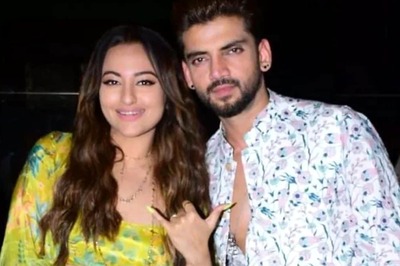
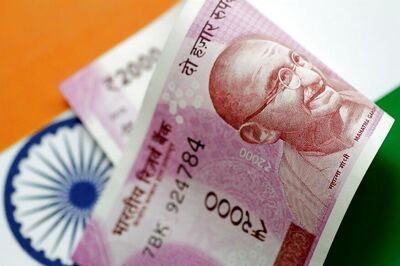

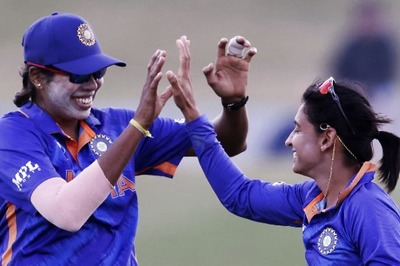
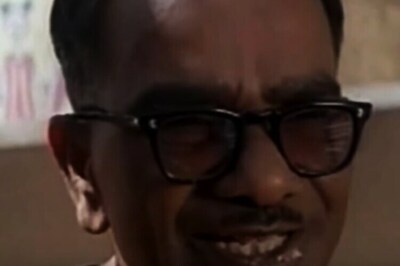





Comments
0 comment